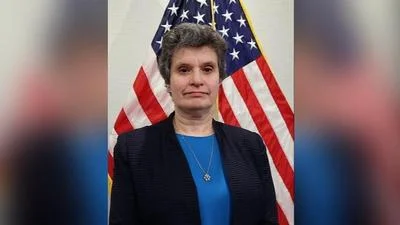In November, the Department of State announced the launch of an Afghan family reunification landing page, including information on how Afghans in the United States can reunify with their family members. Reunification procedures will depend on an individual’s immigration status or method of entry to the United States. Today, we launch Form DS-4317 for parolees to file to seek family reunification, including those subsequently granted temporary protected status.Since August 2021, In November, the Department of State announced the launch of an Afghan family reunification landing page, including information on how Afghans in the United States can reunify with their family members. Reunification procedures will depend on an individual’s immigration status or method of entry to the United States. Today, we launch Form DS-4317 for parolees to file to seek family reunification, including those subsequently granted temporary protected status.
Since August 2021, the United States has supported the reunification and resettlement of Afghan families. Although the United States has been able to successfully reunify some families, others remain separated, and continue to experience hardship and challenges. The purpose of this reunification landing page and the parolee form is to help those families that are still separated.
The United States has an enduring commitment to the people of Afghanistan and is committed to providing individuals seeking to reunite with their family members with the information and tools they need. Individuals seeking reunification with family members in Afghanistan may have different avenues to pursue reunification depending on their immigration status or method of entry to the United States. Our family reunification landing page identifies pathways and how individuals can begin the applicable process for: U.S. citizens, lawful permanent residents (LPRs), refugees, asylees, and Afghan parolees, including those subsequently granted temporary protected status.
The New Parolee Form, the Form DS 4317, will be located on the Family Reunification page, a new section of the Department’s Afghanistan Inquiries page, which will direct individuals seeking reunification with their family members to the pathways available to them.
Original source can be found here.









